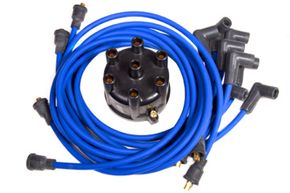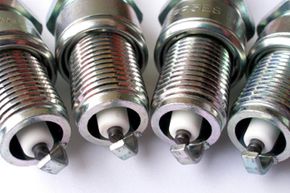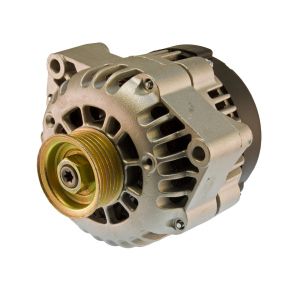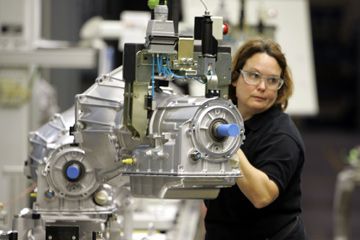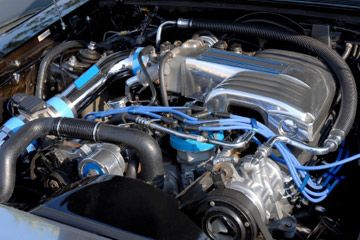Way back in the bad old days, which when you're talking about car ignition systems is anytime before 1980, car part longevity was actually pretty awful. All cars used distributors, rotors and contact points, in addition to spark plugs and wires. All those extra moving parts could (and would) wear out pretty quickly. In the case of contact points, it was recommended that they be replaced as often as once a year. The distributor cap, rotor and spark plugs could make it longer, and were often replaced at the 30,000-mile (48,280-kilometer) tune-up. Spark plug wires held out the longest, with a recommended change at around 90,000 miles (144,841 kilometers).
By the 1990s, distributorless ignition systems were becoming more common. Many cars were getting on-board computers with sensors that could control the ignition system instead of the older, moving car parts. These more modern cars controlled spark with crankshaft and camshaft position sensors. The sensors sent a signal to the computer, and the computer triggered the coil.
Advertisement
Doing away with auto parts like the distributor meant better control of the ignition and spark timing. Even though there's often only one coil for every two spark plugs, the coils are long-lived. Most car part information guides don't list a recommended replacement interval for the coil, and they could potentially last as long as the car. And since the coils are so close the spark plugs in a distributorless system, the spark plug wires are shorter and less likely to require replacement, too. The platinum-tipped spark plugs often used in these systems have a 60,000-mile (96,561-kilometer) lifespan.
But now, in the 21st century, ignition systems use iridium-tipped spark plugs that regularly last as long as 100,000 miles (160,934 kilometers). Auto part longevity in the new coil-on-plug (COP) systems means that some new car owners might never have to deal with ignition maintenance. In a COP system, the spark plug wires are eliminated, and each spark plug well has its own coil. The coil snaps right onto the plug, meaning there are no longer any moving parts to wear out or wires to replace.
But there's more auto part information to be had; after all, even these new-fangled COP systems can't be without problems, right? Read on to find out what might affect ignition system longevity.
Advertisement
